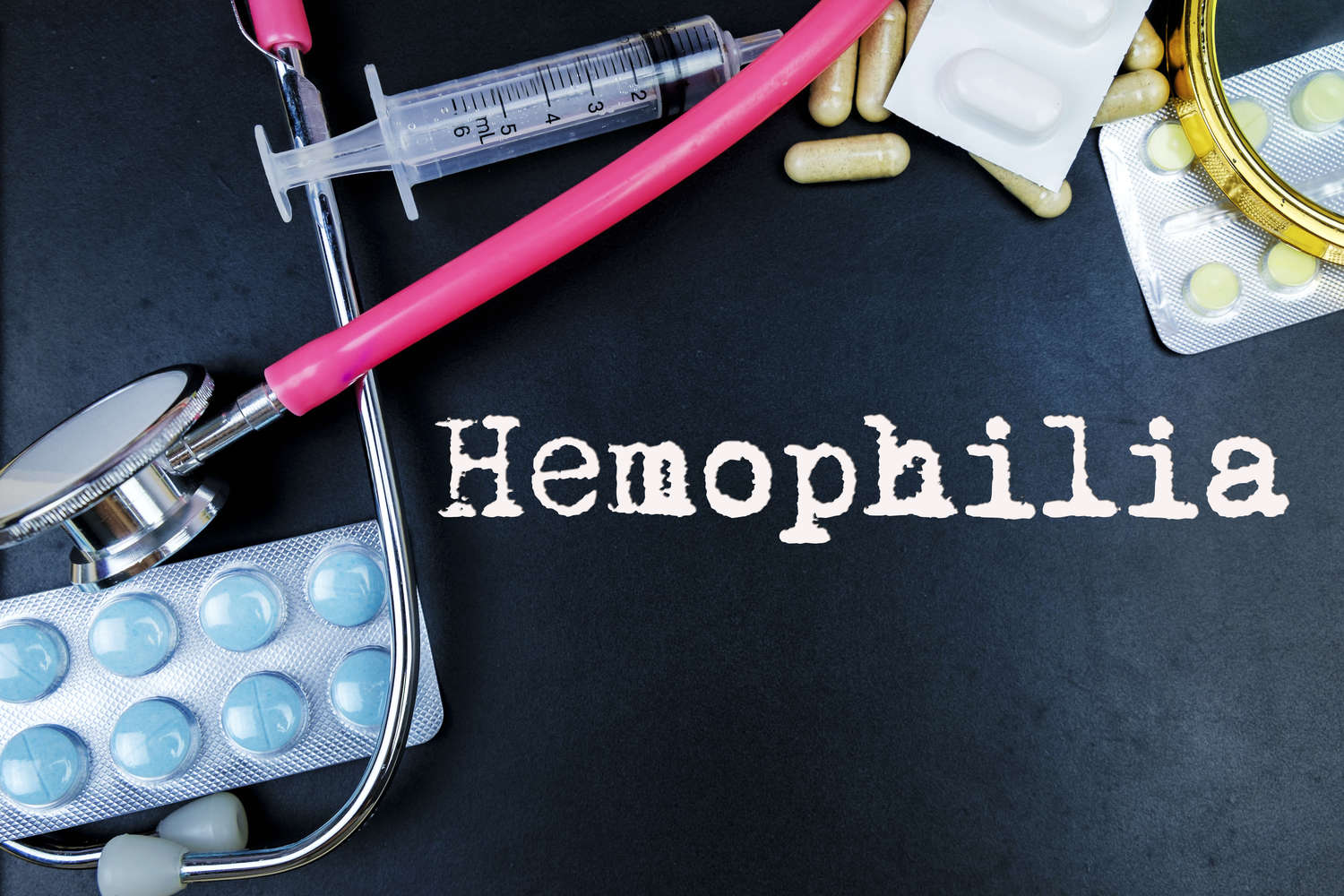
Stages and severity of hemophilia
Blood travels throughout the body through blood vessels. However, when there is a cut or injury, the blood flows through the holes in the vessel wall. These vessels can break in the surface of the skin when cut or injured. Injuries a little deeper cause a bruise or an internal hemorrhage. The process that stops the bleeding is called clotting or coagulation.
- The blood vessels themselves constrict to slow down the supply of blood to the spot that has been cut or injured.
- Blood platelets, one of the main components of blood, rush to the spot and form clumps together and start the repairing process.
- Platelets then send signals to other factors that help blood clot. They all group together and work to stop the blood.
- Then, blood clotting starts on the surface of these platelets. Plasma proteins (Factors I, II, V, VII, VIII, IX, X, XI, XII, and XII) link together and form a chain named fibrin. The fibrin starts producing a mesh over the platelets. If any of the protein factors are missing, the chain reaction is broken, slowing the meshing and clotting of blood. Without treatment, the bleeding will go on for days and if treated, the bleeding can start again.
- The absence of Factor VIII, IX and XI result in the conditions hemophilia A, B, and C, respectively.
Hemophilia A and B have three stages depending on the ratio of Factor VIII and IX protein in the blood.
Mild – 6 – 49 percent
Moderate – 1 – 5 percent
Severe – less than 1 percent
The most common type is hemophilia A. Hemophilia B is at least 4 times rarer than A. Severity and symptoms of both the types are identical except that bleeding will be longer for hemophilia A. Common symptoms for both types are:
Mild
Bleeding mostly occurs only in adulthood after serious injury, trauma or surgery. Women experience heavy menstrual bleeding and can have a hemorrhage after childbirth.
Moderate
Frequent bleeding even for mild injuries or without any reason.
Severe
Spontaneous internal bleeding in muscles and joints.
Once the doctors examine the symptoms, a test to evaluate clotting time is done. Another clotting factor test called assay is done to figure out the type of hemophilia and its severity.
- The main treatment of hemophilia A is intravenous administration of Factor VIII products. Meanwhile, the main treatment for hemophilia B is intravenous administration of Factor IX products. Patients who have server hemophilia are put through a course of prophylaxis to maintain the required level of the blood clotting factors.
- Hemophilia C is very rare — even in severe stages, does not bleed as much as the mild stages of other hemophilia.
- The median age of diagnosis with this condition is 1 month for severe hemophilia. Today, diagnosis is possible with prenatal genetic testing as well as blood tests once the child is born. Federal hemophilia centers across the country provide holistic care and about 70% of people affected receive this comprehensive treatment. With continuous treatment, mortality rates can be reduced by at least 40% compared to those who did not receive any treatment.


